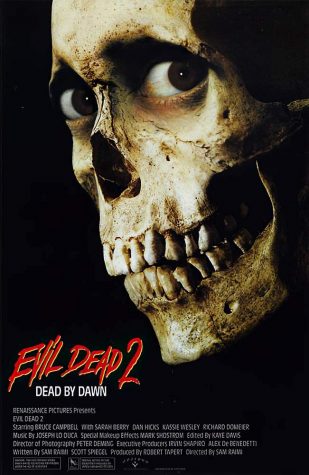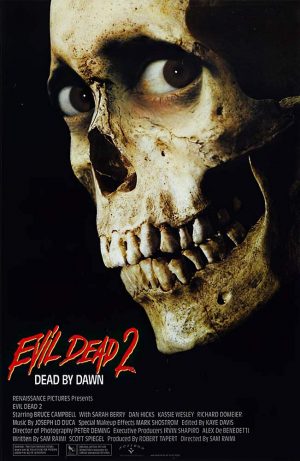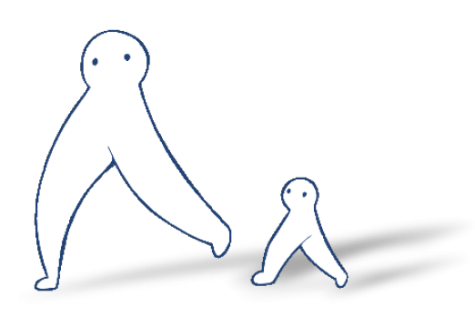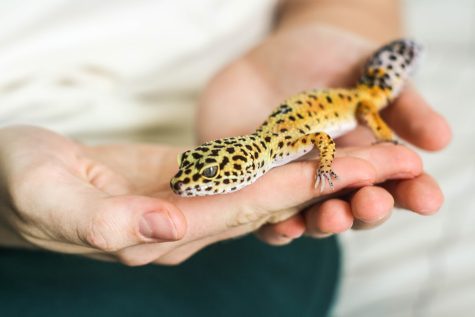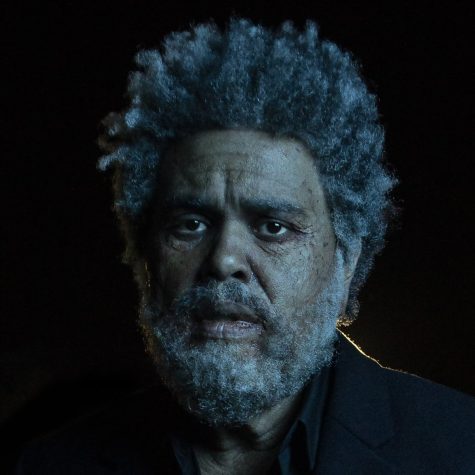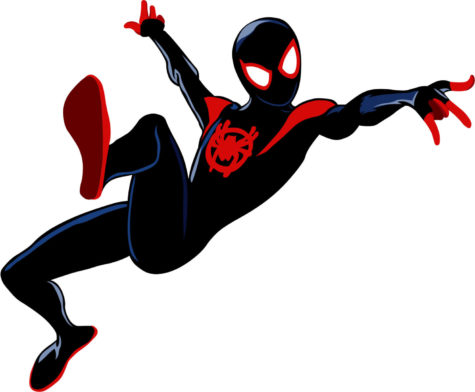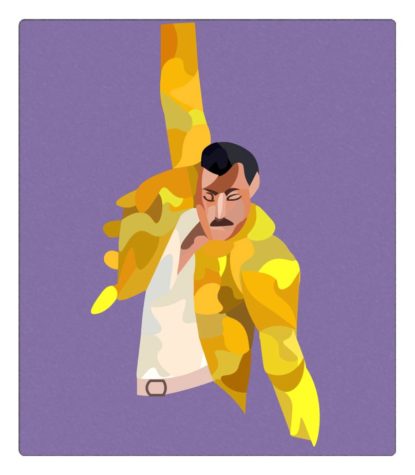Haunting history
October 21, 2021
Trick-or-Treating
Most people don’t know why we trick-or-treat, carve pumpkins or even dress up for halloween.
Many don’t know that Halloween, and many of the traditions that come with it, started with the Celts, a group of people who lived in present day Ireland, the United Kingdom, and parts of France 2000 years ago.
The Celts celebrated the new year, the end of harvest and beginning of winter, on Nov. 1.
Celebrations began on Oct. 31, or what was known as All Hallow’s Eve. They celebrated with feasts, gatherings and bonfires. It was believed that, on this day, the boundary between the living world and the world of the dead acted as a portal for spirits to cause trouble on earth.
This festival was called Samhain. During this festival, people would wear masks and costumes made of animal skins to ward off the spirits visiting earth. They would set up banquets of food to appease spirits.
Overtime, this tradition evolved. The spread of Christianity led to Nov. 2 becoming All Souls’ Day, a day for honoring the dead. People would go from door to door of wealthier homes asking for ales and foods and promising to pray for the souls of the families’ loved ones in exchange.
The yearly tradition soon became the Halloween we know today, with kids dressing in costumes as obscure as dinosaurs or astronauts, and head door to door asking for candy from strangers.
Carving Pumpkins
The tradition of pumpkin carving comes from the legend of Stingy Jack, an Irish myth about a man who repeatedly tricked the devil.
First, Jack invited the devil to have a drink with him but Jack didn’t want to pay for his drink. He convinced the devil to turn himself into a coin that Jack could use to pay for his drink.
But Jack doubled down on his stinginess, putting his coin in his pocket and protecting it with a silver cross, so that the devil couldn’t return to his original form.
Eventually the devil was freed under the condition of sparing Jack’s soul for a year.
Once a year was over, Jack tricked the devil into climbing up a tree, and trapped him there with a cross he carved in the bark. The conditions of the devil’s freedom were that he could not bother Jack for another ten years.
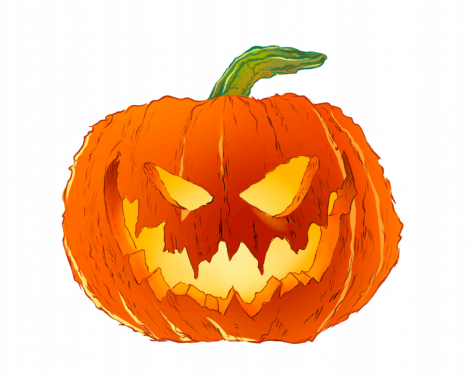
In those ten years, Jack died and was not allowed to enter hell because of the deal he made with the devil, and he couldn’t enter heaven because of his trickery. Jack then roamed the earth using a coal in a turnip he carved to guide him. People then began carving their own turnips and pumpkins. The term “Jack of the Lantern” was born, and evolved into, “Jack o’ lantern.”
Omens
Owls
Owls have long been associated with Halloween because of their nocturnal nature. They come out exclusively at night, and hunt stealthily, giving them a reputation of mystery. There is a myth that owls are the messengers of witches, earning them the title of a bad omen.
Black Cats
Another bad omen, a black cat, can be traced back to witches. During the Salem witch trials, black cats owned by suspected witches would be blamed for their owner’s witchcraft. People thought that the witches could transform into black cats, and use them for witchcraft. This led to a lot of violence towards the animal, and the reputation that they are omens of death.
Bats
Bats are associated with Halloween because of their bloodsucking nature. The myth began that bats were vampires, and they became a bad omen. Their usual victims are sleeping cattle and horses, making people associate them with power, because of their capability of taking on bigger animals.


